Movement 1: “Mask Dance (Talchum)”
In the opening movement, “Mask Dance (Talchum),” we delve into the enchanting world of traditional Korean mask dance. This age-old art form bears both profound historical significance and artistic richness. Dancers don intricately designed masks, each embodying a unique character, and deliver spirited, often comical performances set to the rhythm of drums and melodic singing. The masks themselves are the stars, each with a distinct personality and an enthralling story to tell. The dance is a celebration of vibrant narratives where musical characters come to life, reenacting timeless legends through animated gestures, fluid movements, and expressive facial expressions, all to convey the essence of the characters they represent. 4’00
Movement 2: “Natural Landscapes”
The second movement, “Natural Landscapes,” draws inspiration from the breathtaking diversity of South Korea’s natural wonders. From majestic mountain ranges like Baekdudaegan, Seoraksan, and Jirisan, to the meandering rivers Nakdong and Boseong, and the tranquil parks of Gyeongju and Bukhansan, these landscapes encapsulate the country’s unique and awe-inspiring beauty. Beyond their visual appeal, they are deeply ingrained in the nation’s cultural tapestry, serving as fountains of inspiration for art, literature, and music. 5’12
Movement 3: “Dangun Myth”
In the stirring finale, we immerse ourselves in one of Korea’s most illustrious and universally recognized folk myths—the saga of Dangun, the mythical architect of the first Korean kingdom, Gojoseon. This cherished narrative not only shapes the foundation of Korean identity but also unveils the tale of an entire nation. Celebrated on October 3rd as Gaecheonjeol, it is a day of honor and reflection on Korean heritage, a testament to the country’s deep-rooted history and cultural legacy. The Dangun Myth is not just a story; it’s a bridge to the past and a beacon of pride for the Korean people, symbolizing the enduring spirit and identity of a remarkable nation. 4’44
This composition weaves together the threads of tradition, natural beauty, and historical myth to create a tapestry of South Korea’s cultural richness and artistic depth.
It was written especially for Mihi Kim.

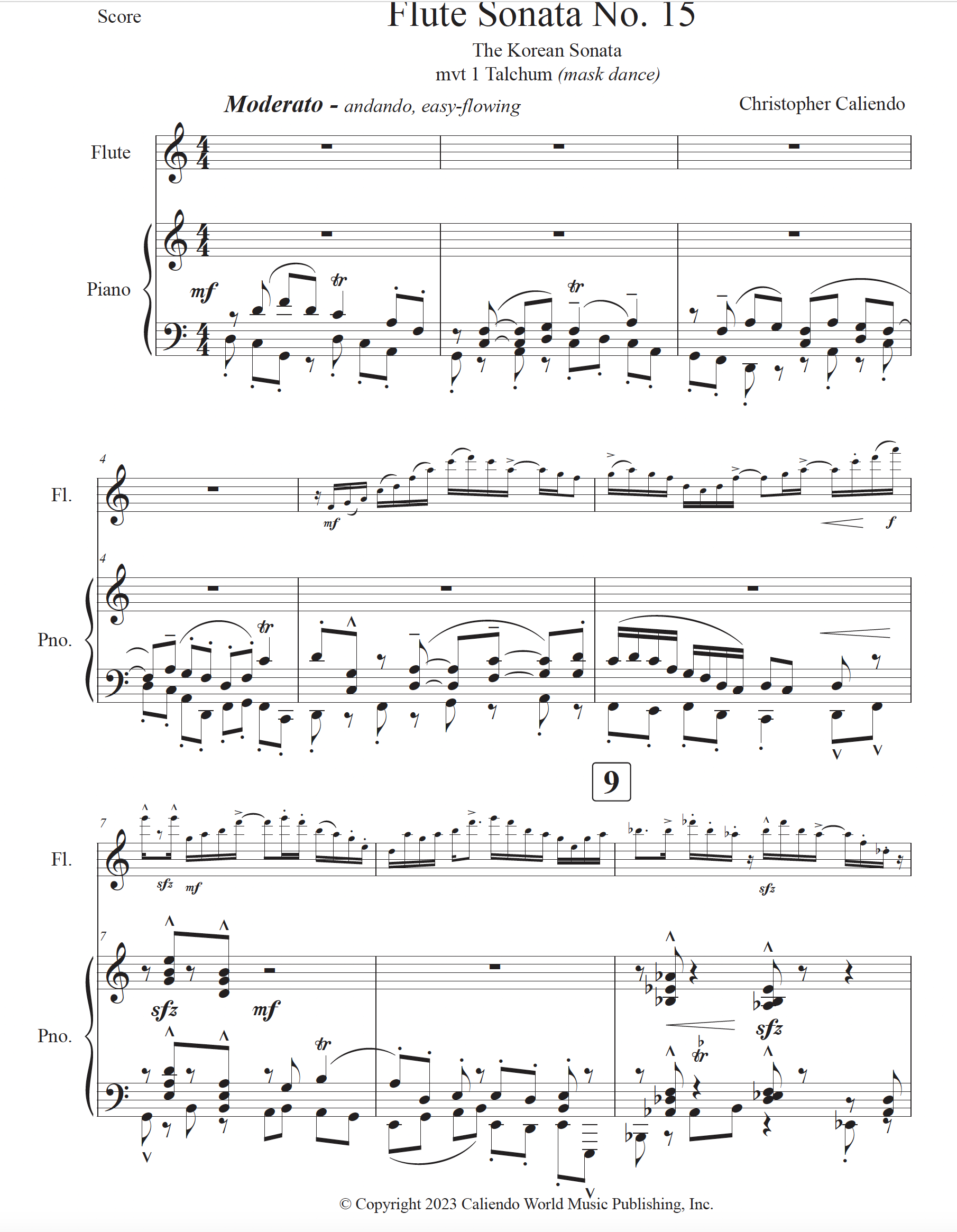
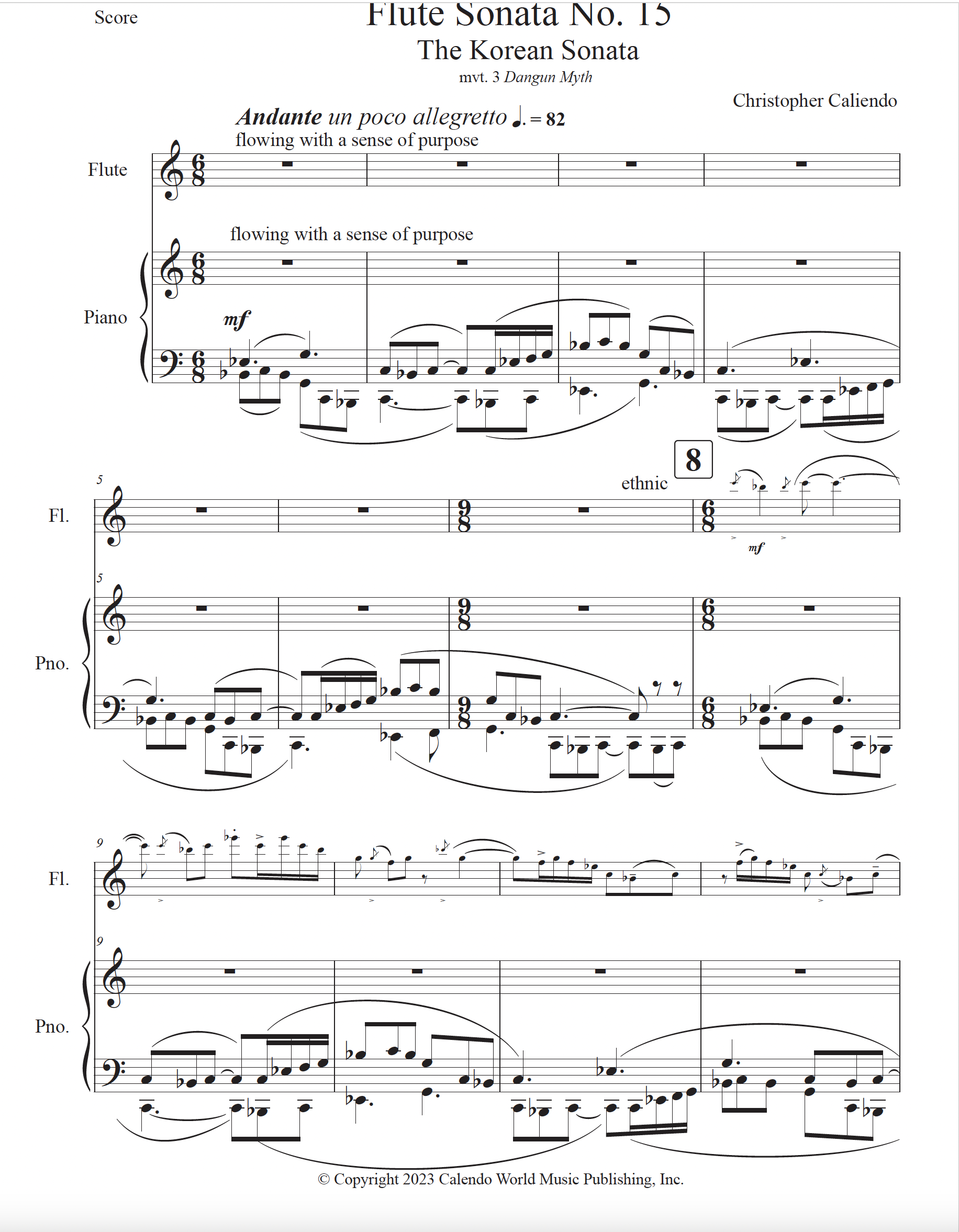
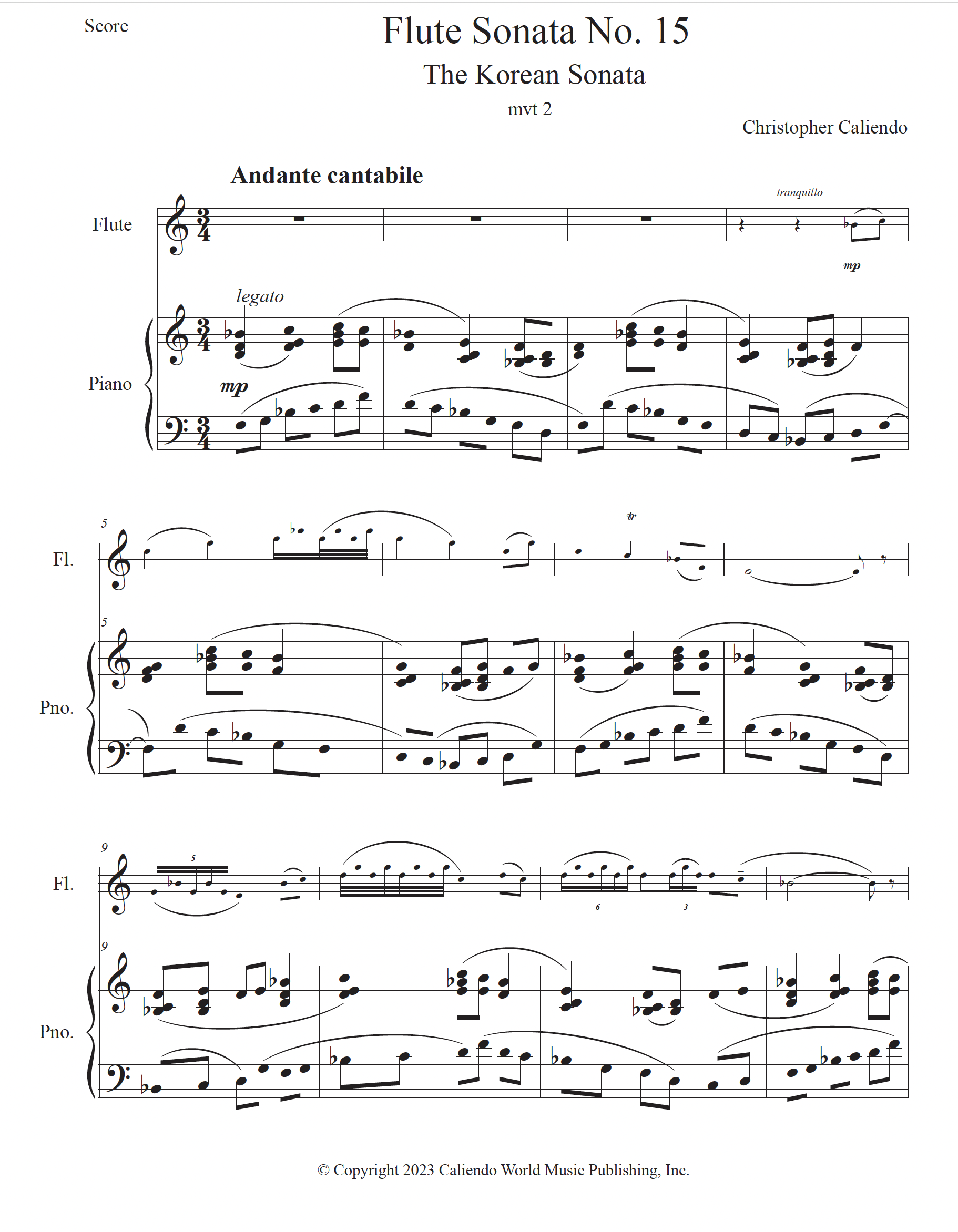

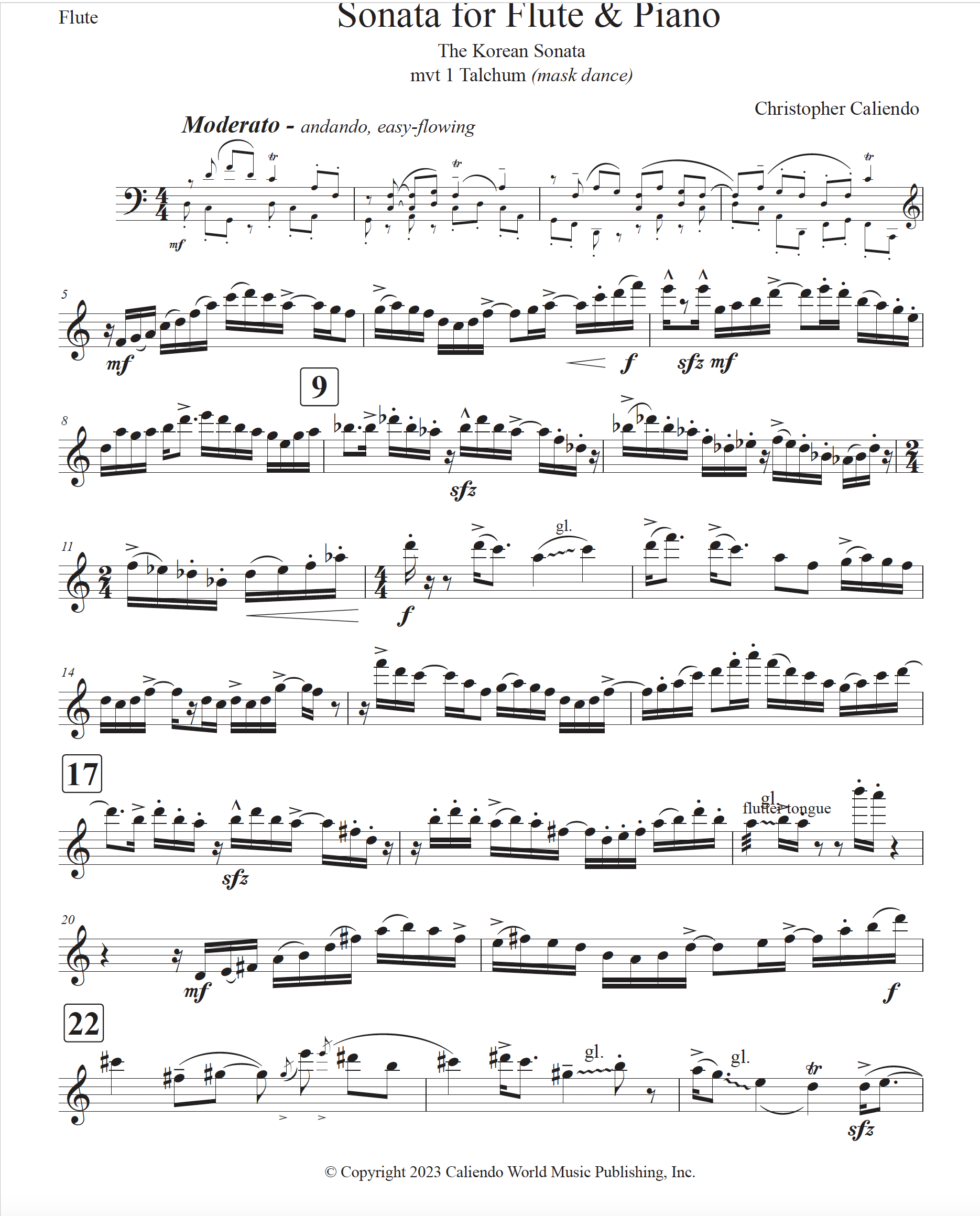
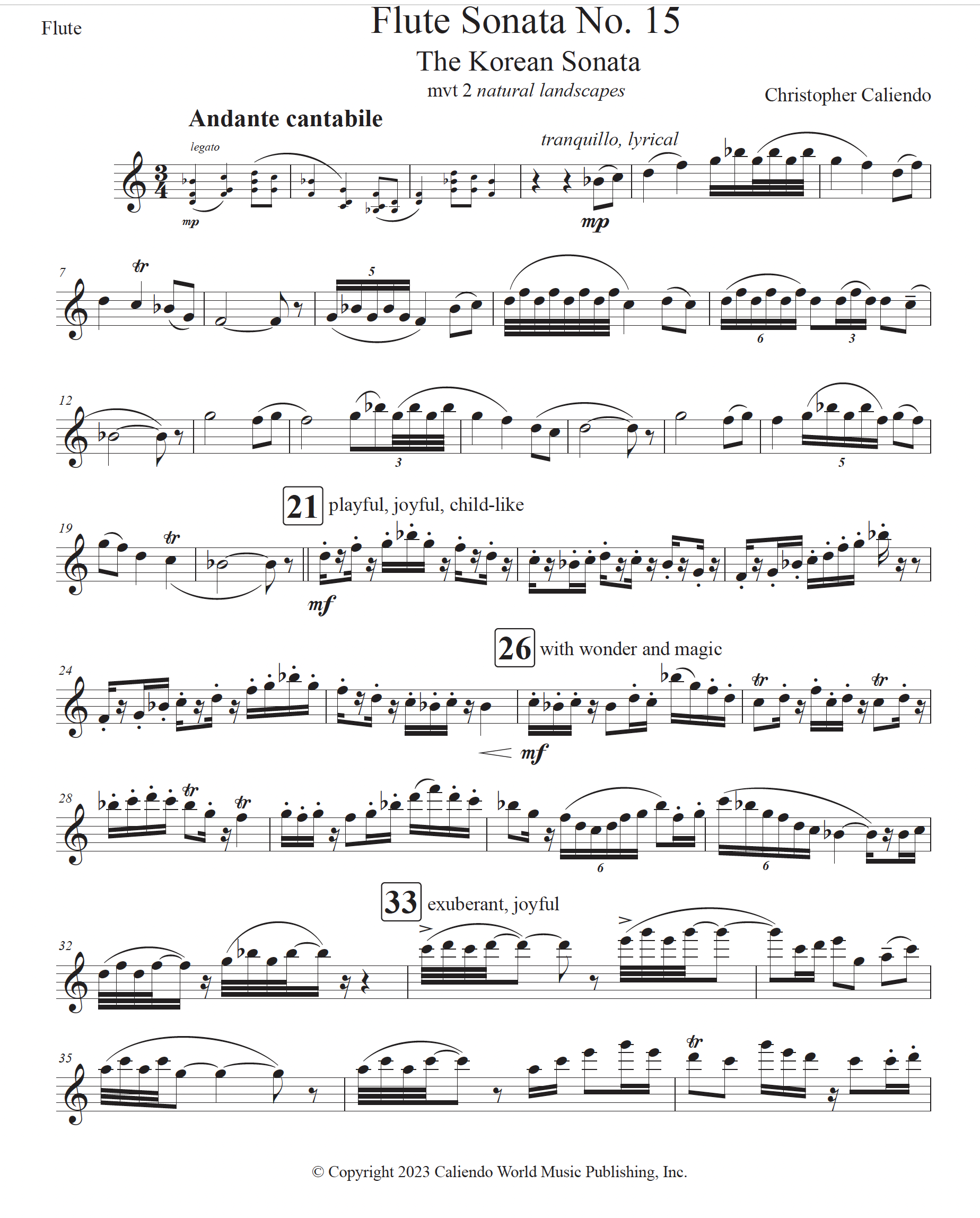
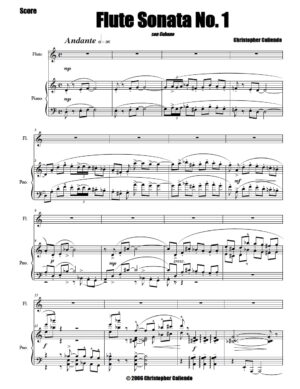
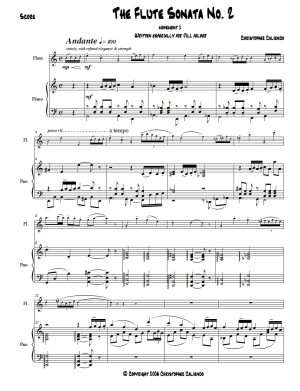

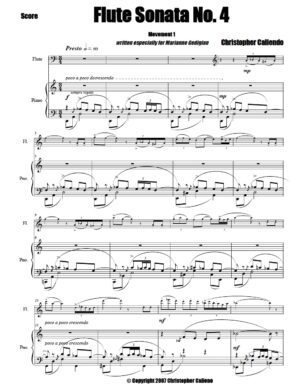
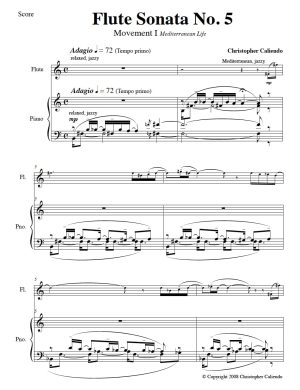
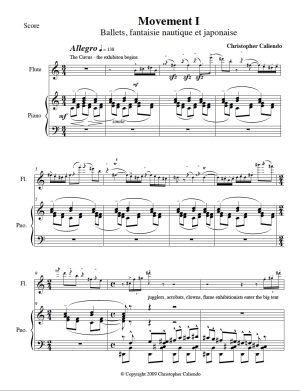

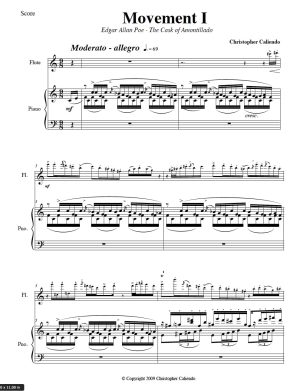
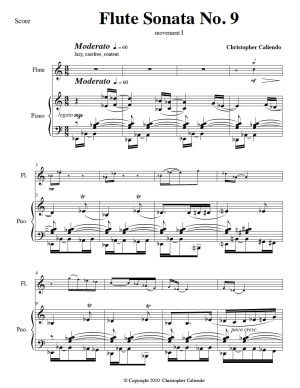
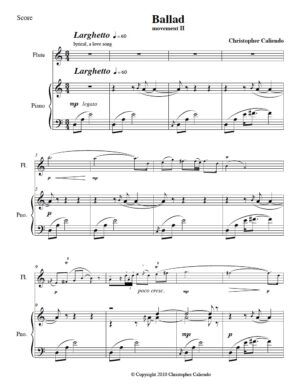
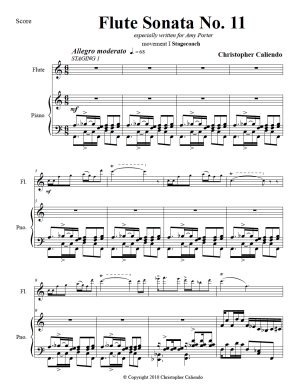
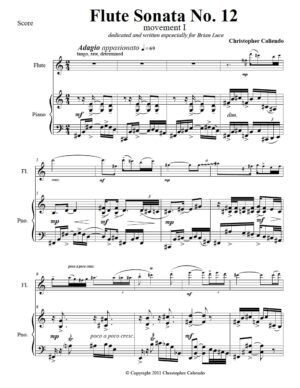
Reviews
There are no reviews yet.